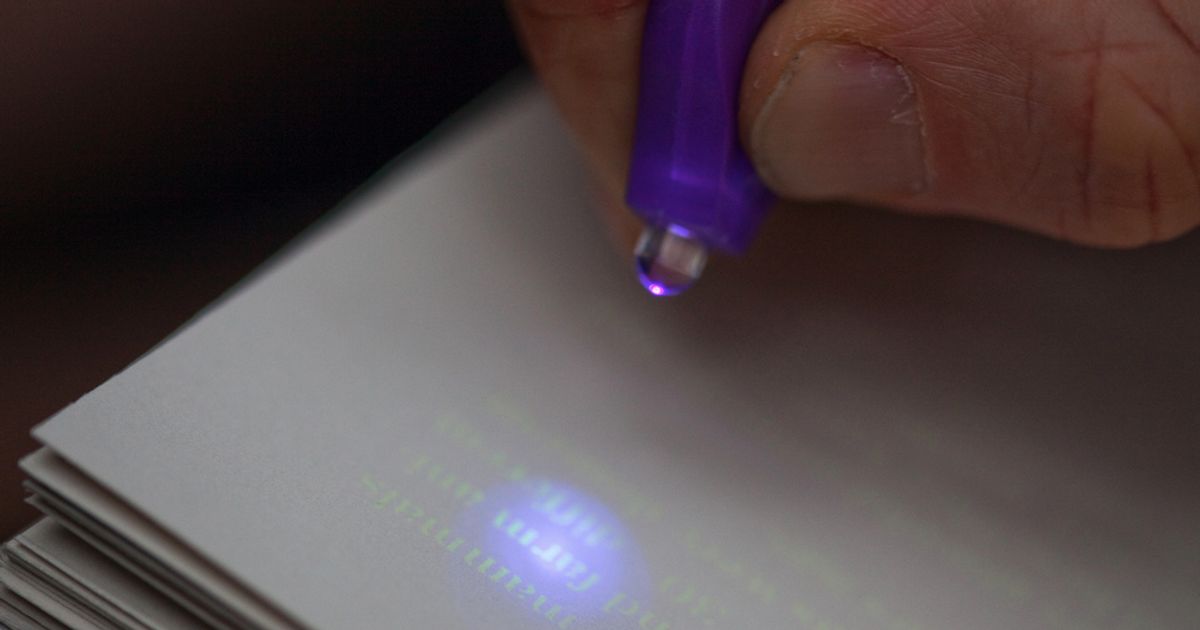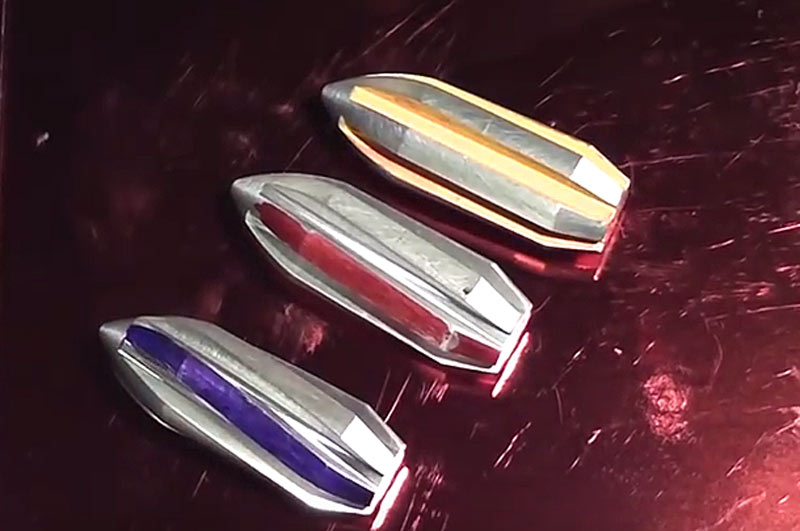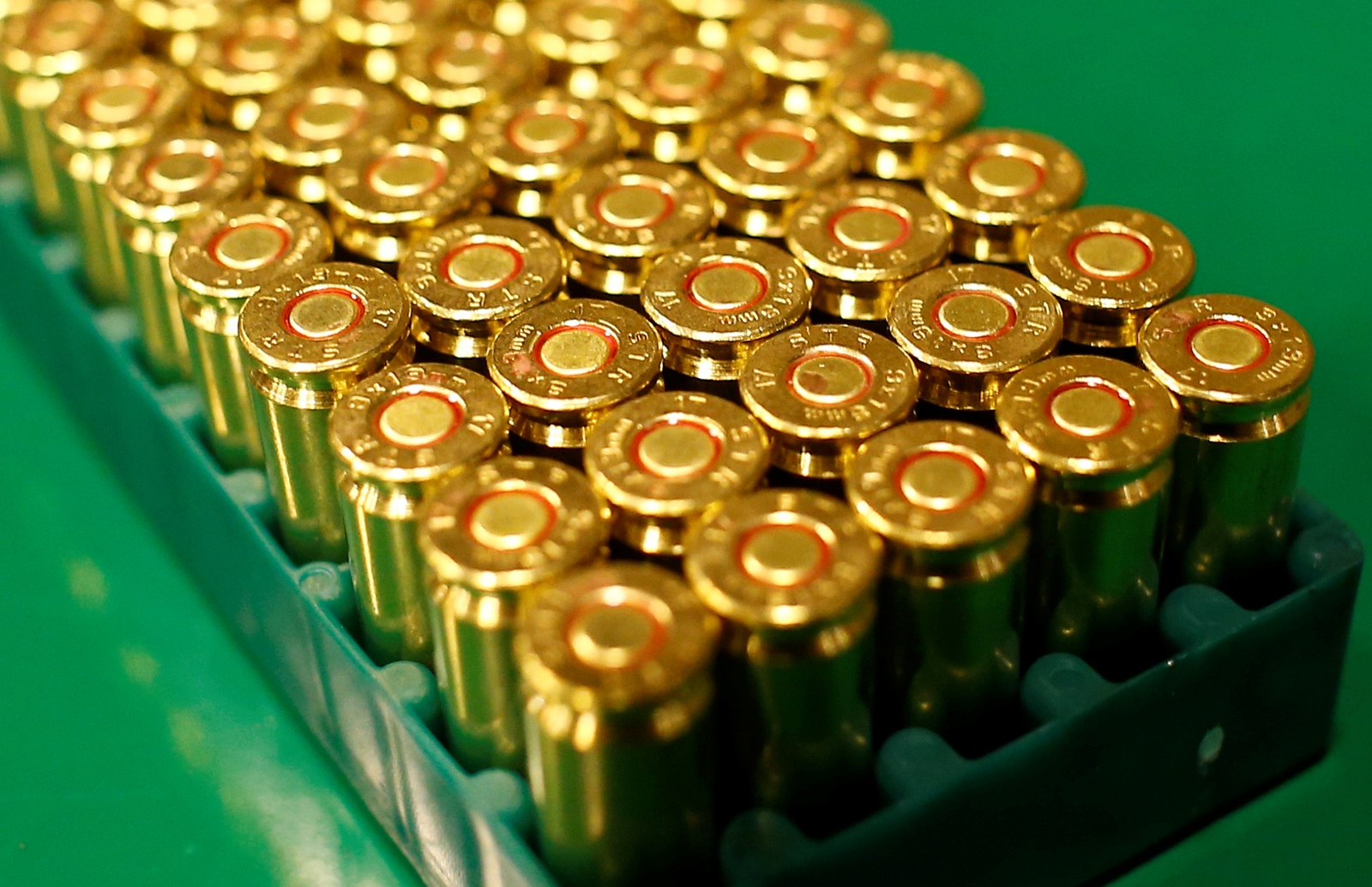Now Reading: Role of Invisible Inks in Criminal Activities
-
01
Role of Invisible Inks in Criminal Activities

Role of Invisible Inks in Criminal Activities
Introduction
With increase in the scientific techniques and modernization, the criminal activities related to document forgery is also increasing tremendously. The forgers are using simple to sophisticated ways to hide their identity and committing criminal activities. One such way is by using different natural and synthetic sources (now, more advanced ways) which are fulfilling the need of creating secret writing possessing secret codes and information as per their advantage by using invisible and disappearing inks. So, this article is intended as an introduction to the roles of invisible inks in criminal activities and the advancements.
What are Invisible Inks?
Invisible inks, also known as security ink or sympathetic ink can be any (unique) fluid or combination of chemicals, used for writing secret messages or text with the intention of hiding the information when it relates to “criminal mindset”. Invisible inks once applied on writing surface, after it dries looks as if it is blank, it disappears either on application or soon after, and can only be revealed by suitable means.
History of Invisible Inks
The use of secret writing has been widely applied since ancient times during War until the early twentieth century by using basic materials like lemon juice, urine to complex chemical preparation, to communicate with the prisoners. Use of “fresh milk” as a means of secret communication was reported by Ovid, and was suggested to reveal by “charcoal powder”. More sophisticated inks (copper sulphate, iron sulphate and cobalt salt) began to use towards the end of World War I which was needed to develop by potassium ferrocyanide and sodium carbonate. Further, the rapid advancement in the technology led to the development of “digitized hidden message”, rather than just be on paper (1).
How Invisible Inks are classified?
The invisible inks can be made to fall into three main classes:
1. Those, revealed by heat,
2. Those, revealed by chemical reactions and,
3. Those, instantly visible under light.
Invisible ink can further be divided into two, according to their sources:
1. Organic fluids: These includes fruit juices (apple, grapes juices), biological fluids (saliva, sweat, even diluted blood) etc. They are easily available and hence approachable for the fraudulent purposes.
2. Synthetic invisible inks/ Sympathetic inks: These are more complicated; require one or more chemical for their composition, and to make the message visible, need specific reagent which often consists of another chemical.
Heat sensitive Invisible Inks
The organic invisible inks like lemon juice, honey, saliva, and even urine and diluted blood can be deciphered by heat, such as with moderate fire, blower or irons. Even soapy water works. These invisible inks work on the principle by subtly altering the fibers of the paper; hence making the secret writing to have a lower burn temperature and when exposed to heat, becomes brown faster than the surrounding paper. Heat not only deciphers the hidden text, rather it also erases the print or text.
People might wonder that why the print on ATM receipts/bus tickets disappears after sometimes. This is because the print is made by “thermal printing” method (2), based on the principle of “Thermochromism”- a colour changing process due to heating, on a thermal paper saturated with mixture of organic dye, an octadecylphosphonic acid and suitable matrix (like Fluoran leuco dye). After some days the print on the receipt slowly fades or disappears when exposed to sunlight (heat). However it can be revealed back by simply heating the receipt with a blow dryer upto a certain temperature. Fraudsters make use of this technique and get the account details for the purpose of exploitation.
Recently, a new technology has developed whereby secret information can be encrypted on “rewriteable paper” (coated with manganese-complex) with comparatively low-tech invisible ink- “water”. Preliminary, a message printed by a water-jet printer on such paper is invisible to naked eye, but easily reveals when exposed to 254nm UV light (short-wavelength). The paper can be reused after erasing the message by blowing hot air with a dryer for 15-30 seconds. Here, the print gets develop due to the photoluminescence responses of manganese-complex to water. This paper allows repeated secure printing for more than 25 cycles. More sophisticated approach for high security printing was achieved by coating the paper with phosphine ligands (molecules that can seize on to manganese in manganese halide salt solution ink) to form manganese complex. The print is invisible both under normal and UV light and can only be decrypted by “Photoluminescence Lifetime Imaging Microscope” (PLIM) (3). Using PLIM, the message shows in different colours of red, green, blue and yellow depending upon the emission lifetime.
Decipherment by Chemical reaction
This method of development is bit tricky as it is based upon the Acid-base reaction. In fact, majority of the invisible inks work using acid base (pH) indicator. To reveal the secret message, an acid or a base is sprayed over the suspected surface. Indicators like phenolphthalein and Thymolphthalein are used as an invisible ink which is colorless hence invisible on application, but with a base becomes blue and pink respectively.
Some studies have also revealed the sensitivity and stability of these invisible inks with respect to time and their concentration. These invisible inks can be developed over a range of period which can vary from few hours to days. It also varies with types of paper involved (4). Forgers make use of invisible inks composition according to their need in varied concentration so that the message reveals after some days instead of few minutes to hours.
Digital Invisible Ink Toolkit
Advancement in the field has led to the development of Digital Invisible Ink Toolkit, which works on several algorithms to decrypt information in significant sections of the image. It uses Sobel filter (operator available in Matlab or Python software) which works by estimating the difference in image intensities (from light to dark) at each pixel known as “edge detection” method (5). The rate of change in pixel values in a direction helps to decode the unusual area containing invisible writing.
Light sensitive Invisible Inks
Certain invisible inks fluoresce (glow) when exposed to light. The invention in the recent inks composition has led to a novel combination of light sensitive invisible ink which contains one or more chemicals which cannot be seen by naked eye, but shows fluorescence effect when exposed to far red or IR or UV light. These inks are used widespread in cheques, security and policy papers. The composition contains simple to complex fluorophore (complexed with polymeric materials). The combination includes highly sensitive far red or infrared fluorophore which otherwise is invisible to the naked eye and only reveals by FR/ IR light. Likewise, UV sensitive fluorophore or flourophoric compound are also used which illuminates by UV light. Most of the invisible writing becomes visible under UV light which gives characteristic fluorescence. These inks are often used in thermal printing.
The commonly available UV marker pen is mostly used by fraudsters. Such invisible ink is composed of at least one uncompleted invisible metal phthalocyanine fluorophore (0.0001-0.02% by weight) which absorbs light having wavelength range of about 670-720nm, water and at least one organic solvent as an ink vehicle (6).
Case study: Invisible ink has been used by many fraudsters to commit check fraud, as reported in the case of “Anindita Roy” where the fraudster (private bank loan agent) asked for two blank cheques, over which the word “cancelled” was written by Anindita with “volatile” ink pen (smartly offered by agent). Later, the word “cancelled” disappeared from the cheque and more than Rs 4 lakhs was withdrawn from Anindita’s account by using blank check signed by her (7).
Similarly, Latest TNPSC Group-IV exam scam was reported, where candidates used invisible inks pen to mark the answers.
CONCLUSION
With advancement in technologies, the criminal activities have also paced up rapidly. The forensic examiners encounter many such cases of invisible and disappearing inks in various fraudulent cases. The methods of development of these secret writings help the forensic examiners to deal with such criminal activities. Also, it becomes our responsibility as well to secure our valuable assets and be alert. This article has dealt with some advanced technologies and the role of invisible inks in criminal activities.
References
1.https://blog.findmysupplies.co.uk/the-story-of-invisible-ink/
2.https://pandapaperroll.com/thermal-paper-fades-restore/
3. https://www.eurekalert.org/pub_releases/2019-09/cp-spw091819.php
4.Sahu, M., and Hussain, SS., (2017), https://austinpublishinggroup.com/forensicscience-criminology/fulltext/ajfsc-v4-id1061.pdf
5.Disappearing cryptography: Information hiding: stenography and watermarking book by- Peter Wayner, Chapter- Life in the Noise
6.https://patents.google.com/patent/US6149719A/en
Author :- Sonali Kesarwani, Intern at Legal Desire (2020)
Sonali is a Forensic enthusiast and a post graduate in Forensic Science. She has subsequent experience of case handling, working with comparison microscope, densitometer in CFSL, Chandigarh and RFSL, Dharmshala in Chemistry, Ballistics and other divisions of FS. She holds multiple cerification of National and International seminars. She has also gained experience of Crime Scene Investigation by working with Mobile Forensic Field Unit, Crime branch of Prayagraj. She aspires to build her career as a Lecturar and a Researcher.











